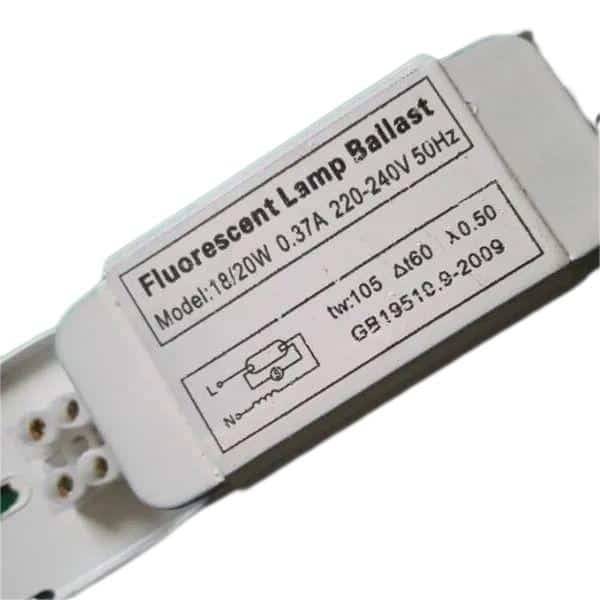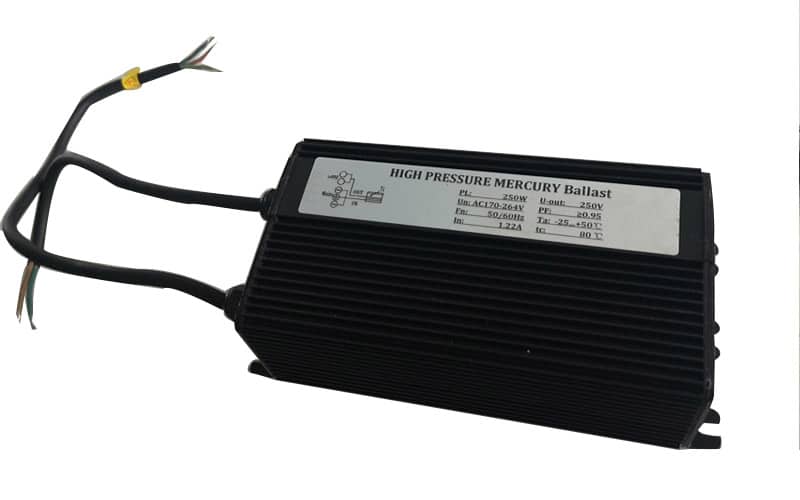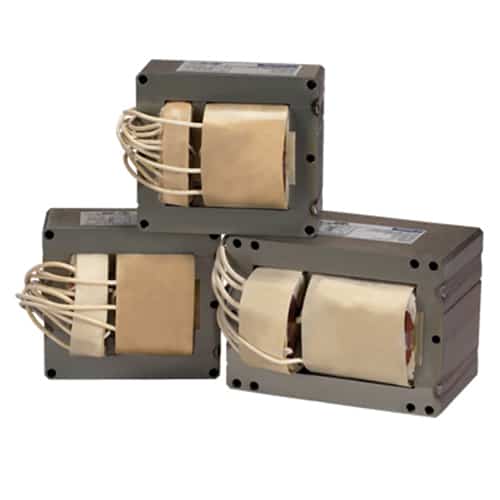Navigating the world of lighting components, especially when it comes to ballasts, can feel like threading a needle in the dark. With a vast array of choices and tech jargon flying around, it’s no surprise that many find themselves pondering: Which is superior, magnetic or electronic ballast?
After a deep dive into both, I’d say it’s not just about ‘better’, but more about ‘suitability’. Both types of ballasts have their unique advantages and ideal use-cases.
Now, before you jump to a conclusion, join me as we unravel the nuances of these two technologies, and hopefully, by the end, you’ll have a clearer perspective.
What’s the fundamental difference?
Magnetic ballasts, as the name suggests, use a magnetic core to regulate the flow of current. It’s a technology that has stood the test of time, proving its reliability and sturdiness.
On the flip side, electronic ballasts rely on electronic components and circuits to manage the current. A modern solution, they tend to be more adaptable to current lighting demands, making them quite popular in recent times.
Which offers better energy efficiency?
Historically, magnetic ballasts were often less energy-efficient. The physical components involved led to energy losses, especially when translating to heat. Plus, the notable hum often heard with these ballasts? That’s energy wastage in audio form!
Electronic ballasts have an edge here. Their design allows for reduced energy consumption and virtually no energy lost to heat. For businesses or homes looking to reduce their carbon footprint and energy bills, electronic ballasts are a solid bet.
Longevity: Which one lasts longer?
From my experience at James Lighting, I’ve often found magnetic ballasts to have a longer lifespan. Their robust design means fewer components that can malfunction.
Electronic ballasts, while technologically advanced, are equipped with numerous components, and a failure in one can lead to overall malfunction. However, it’s worth noting that modern electronic ballasts are designed with longevity in mind, bridging this longevity gap.
What about light quality?
Flickering lights can be a nuisance. With magnetic ballasts, especially as they age, flickering can be a recurring issue. It’s not just irritating but can also impact the longevity of the bulb itself.
Electronic ballasts shine (pun intended) in providing consistent light quality. They ensure that the lights start almost instantaneously and maintain consistent brightness, minimizing flicker.
Noise: A silent operation?
As previously mentioned, magnetic ballasts can produce a humming noise. In places where silence is golden, this can be quite disruptive.
Electronic ballasts come to the rescue for those seeking peace and quiet. Their advanced design reduces the humming, ensuring a near-silent operation which is especially beneficial in quiet spaces.
Adaptability to modern needs?
Magnetic ballasts, due to their foundational design, may not be well-suited for advanced lighting needs, especially when considering dimming or integrating with smart systems.
Electronic ballasts, being a product of modern technology, are often more adaptable. They integrate well with modern lighting systems, dimmers, and even smart home ecosystems, making them a versatile choice.
Cost Implications: Which is more economical?
In terms of initial costs, magnetic ballasts might often come off as the cheaper option. But it’s crucial to look beyond just the purchase price.
Over time, the energy savings and reduced maintenance needs of electronic ballasts can offset their initial higher cost, making them a more economical choice in the long run. At James Lighting, we always advise our clients to consider the long-term implications of their choices.
Conclusion
Both magnetic and electronic ballasts have their strengths and are better suited for specific scenarios. While the electronic variant seems to be aligning more with modern needs, magnetic ballasts still have a place, especially where robustness and durability are prime concerns. At James Lighting, our goal is to help you make an informed choice, ensuring that your lighting solutions are both efficient and effective.





